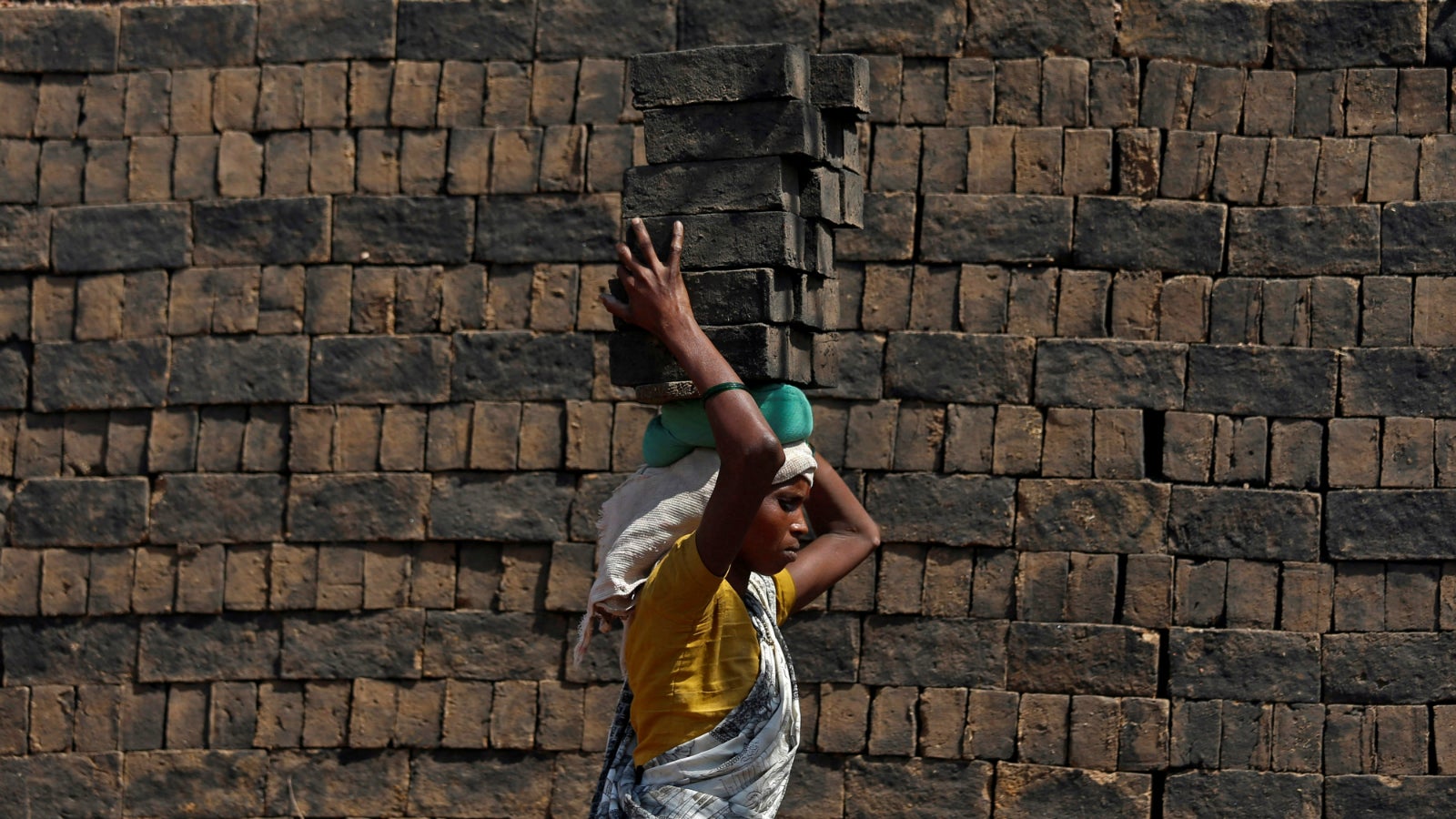India’s stunning economic growth is hiding a staggering job crisis
India’s stellar economic growth of the past two decades may not have meant much for its citizens.


India’s stellar economic growth of the past two decades may not have meant much for its citizens.
“Employment generation has remained weak, and India has struggled to convert high rates of economic growth into good jobs, particularly for its educated youth,” a report by the Bengaluru-based Azim Premji University’s Centre for Sustainable Employment (pdf) has said.
Even as GDP growth rates have risen, the relationship between growth and employment generation has grown weaker over time, the report said.
This gap has increased even further over the years, the report said referring to data from the 1970s and 1980s, when GDP growth of between 3% and 4% increased employment by 2% per annum. In the 1990s, post liberalisation of the economy, this slowed down to 1% or even less. The ratio of GDP growth to employment growth is now less than 0.1.
Unemployment among youth and those with higher education stands at 16% today, it said.
In fact, between 2013 and 2015, total employment actually shrank by seven million. Since 2015, the report said, there has also been an absolute decline in job growth. “It used to be said that India’s problem is not unemployment but underemployment and low wages. But a new feature of the economy is a high rate of open unemployment,” the report said.
Low pay
India isn’t creating enough high-paying jobs either.
In fact, over the years, even as labour productivity has risen, growth in remuneration, has remained slow.
On average, 82% of male and 92% of female workers currently earn less than Rs10,000 ($137) a month, the report pointed, highlighting India’s drastic income inequality. “This suggests that a large majority of Indians are not being paid what may be termed a living wage, and it explains the intense hunger for government jobs,” it said.
Adjusted for inflation, wage rates in most sectors have grown by 3% per annum or more. Here is how much they grew in some of the sectors between 2010 and 2015: In organised manufacturing, 3% per annum, unorganised manufacturing (4%), unorganised services (5%), and agriculture (7%).
This dismal state of affairs is being revealed at a time when the ruling Bhartiya Janata Party is struggling to keep its 2014 electoral promise of generating more employment for India’s youth.
At this rate, India’s bulging youth population over the next decade—half of it is under 25 currently—may not have much to look forward to.